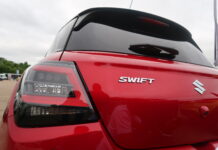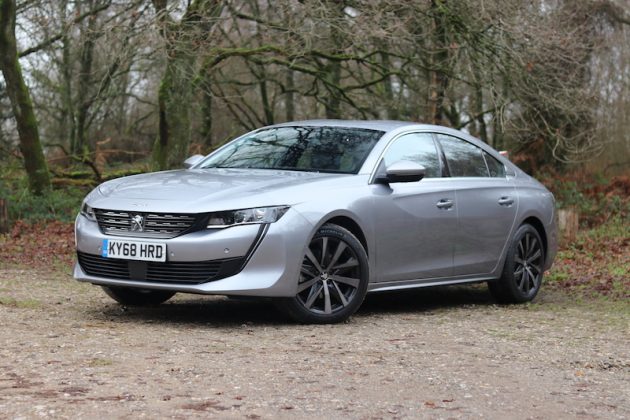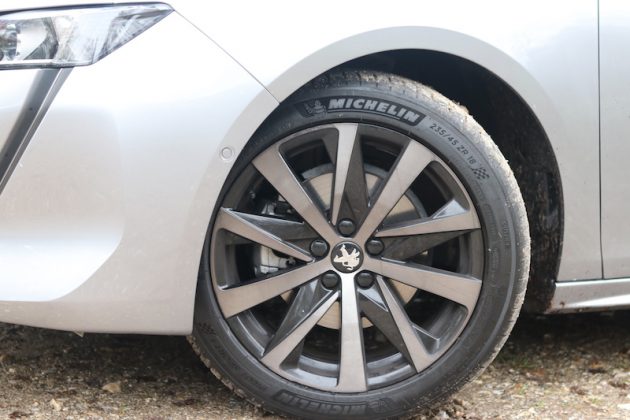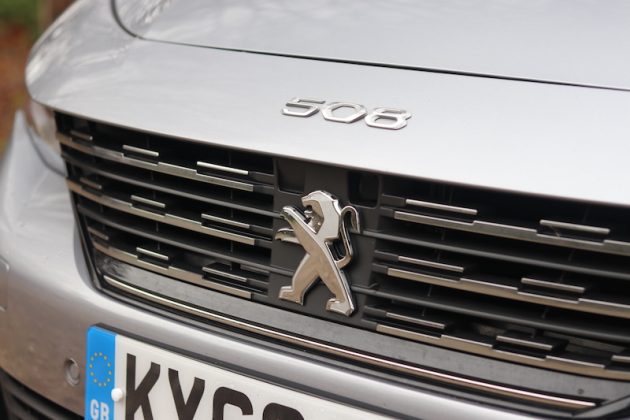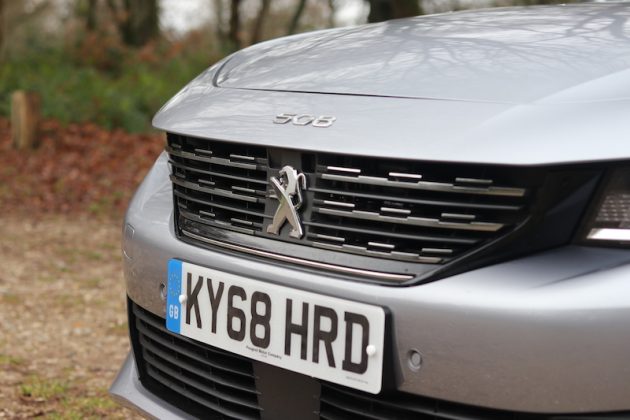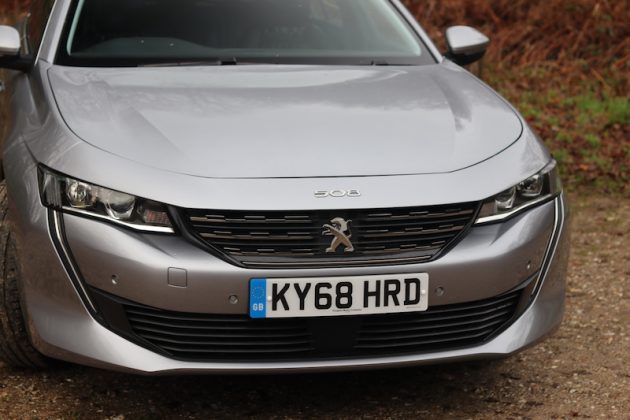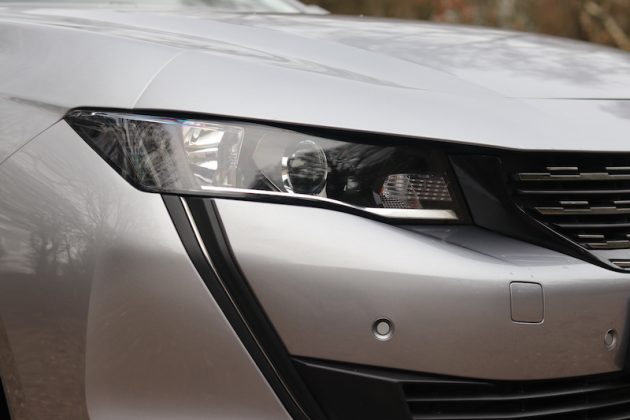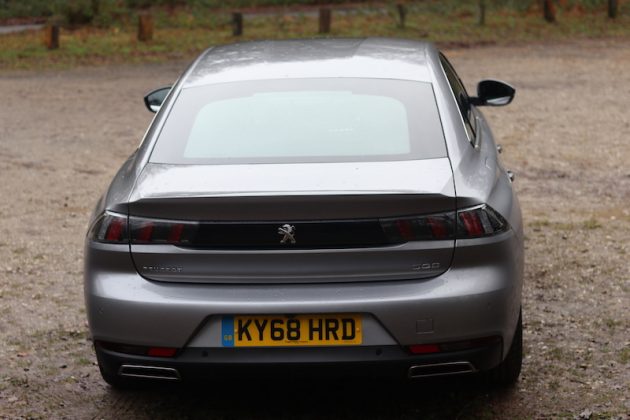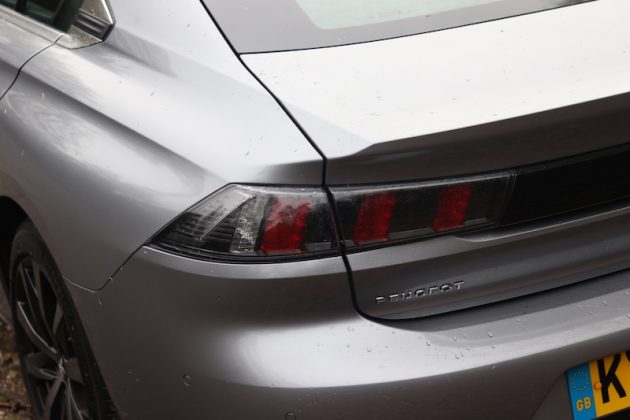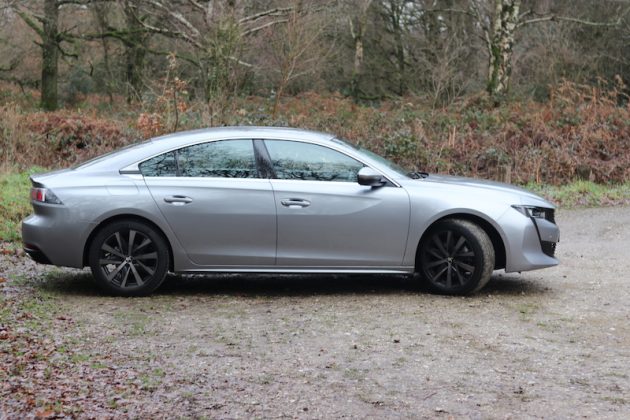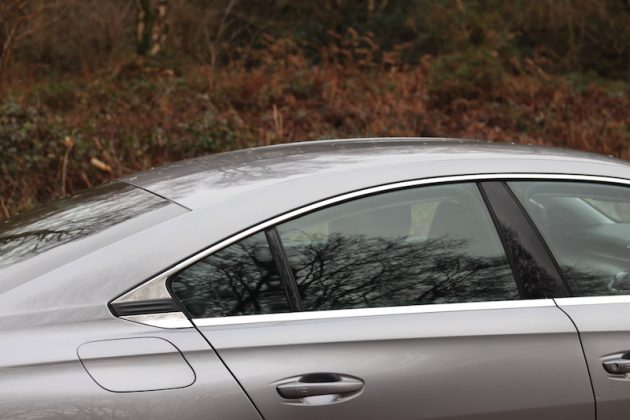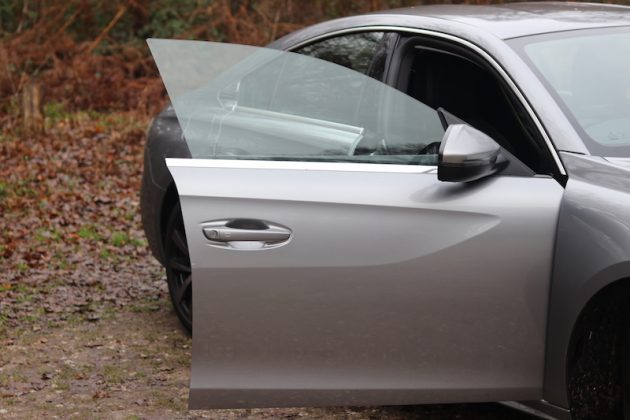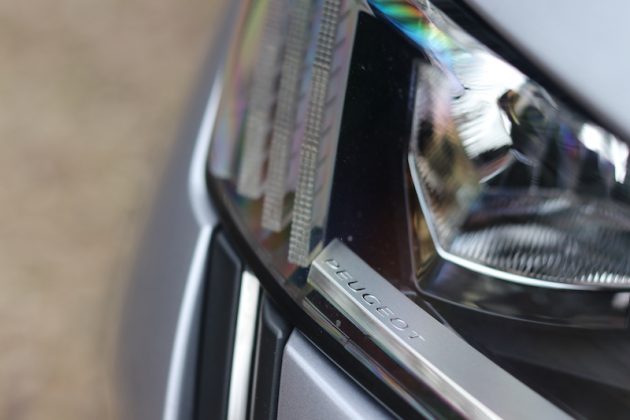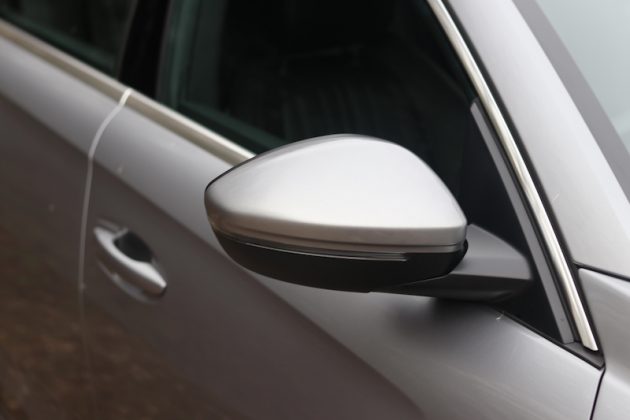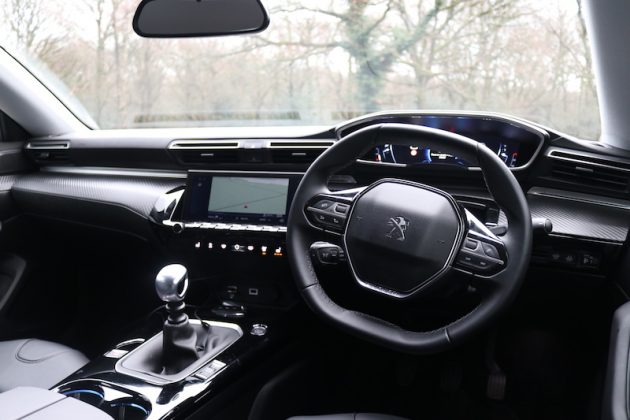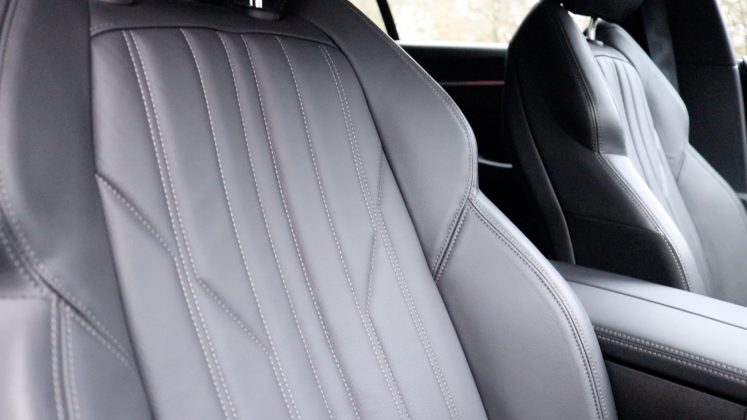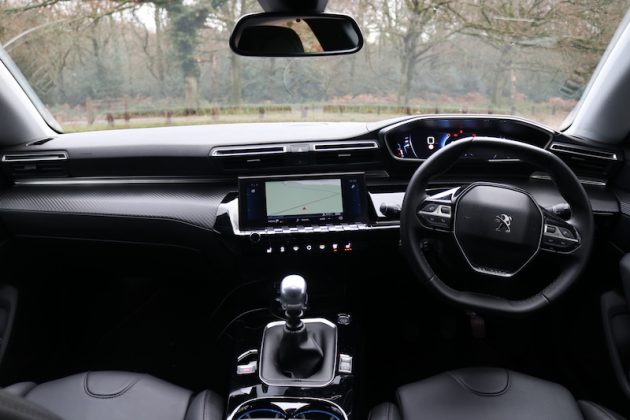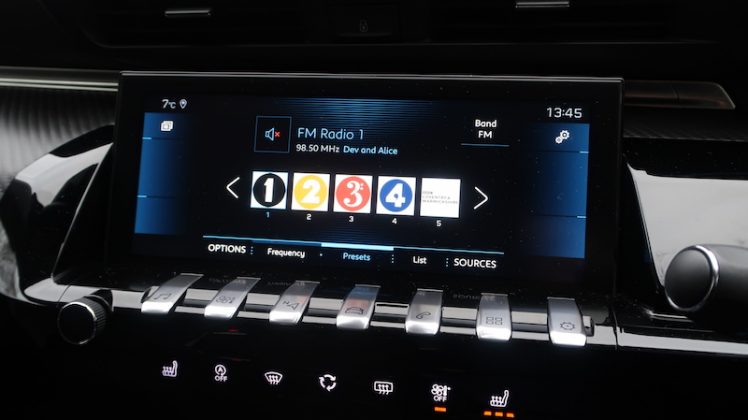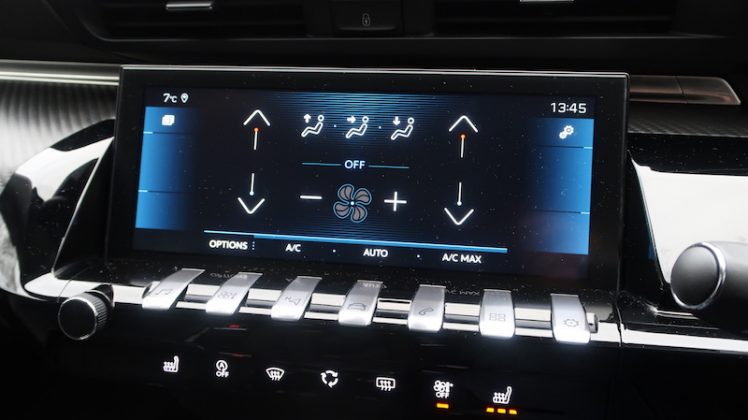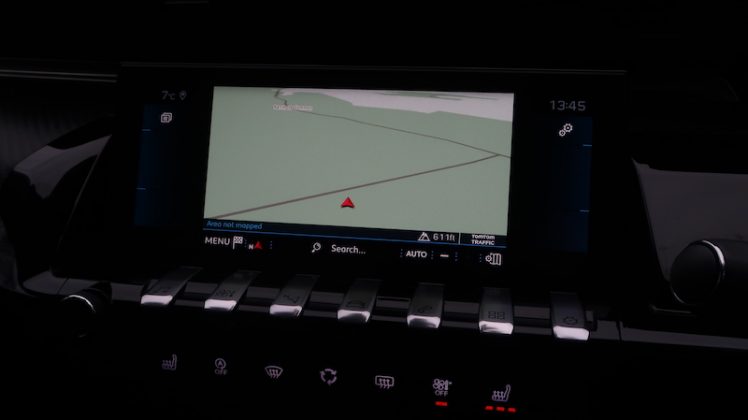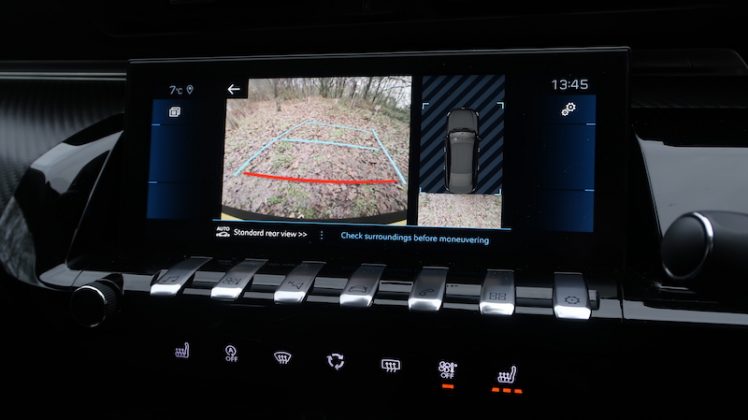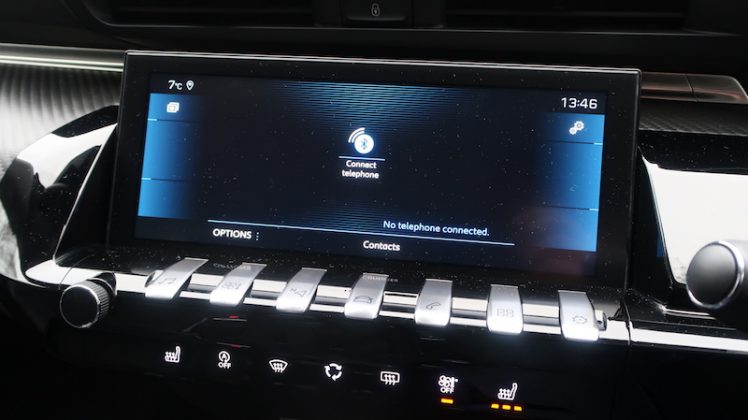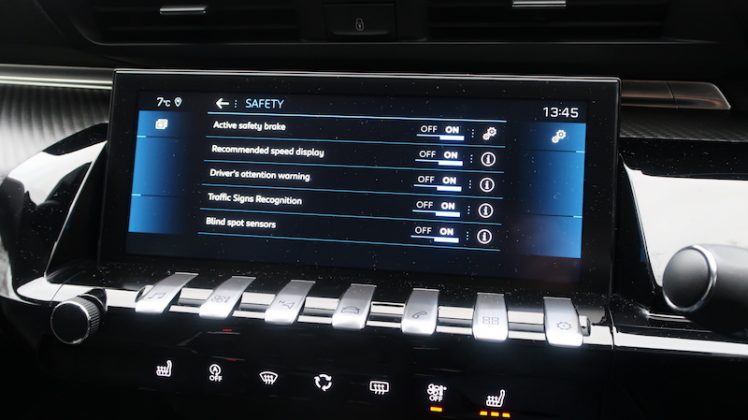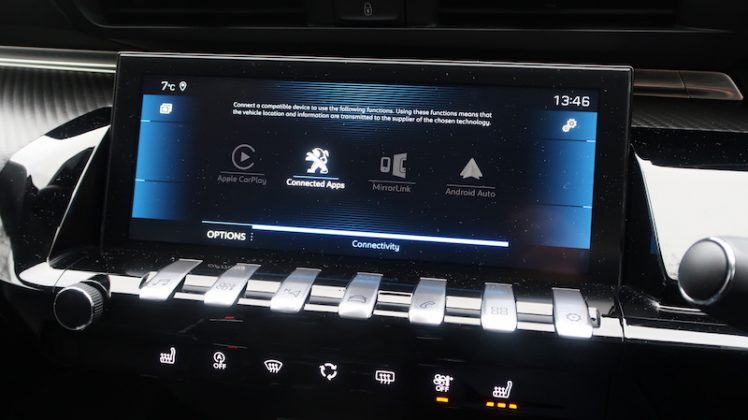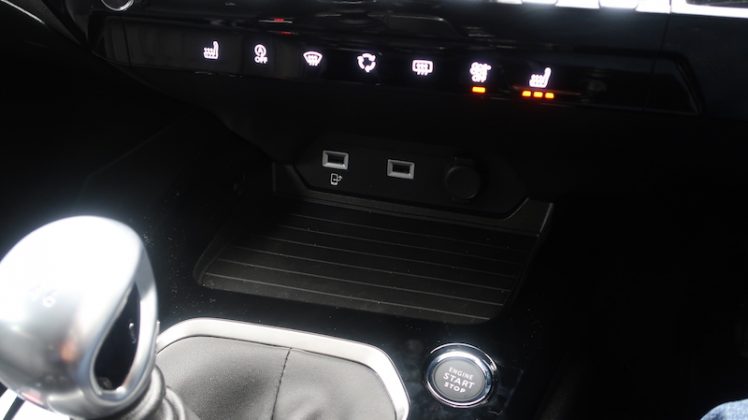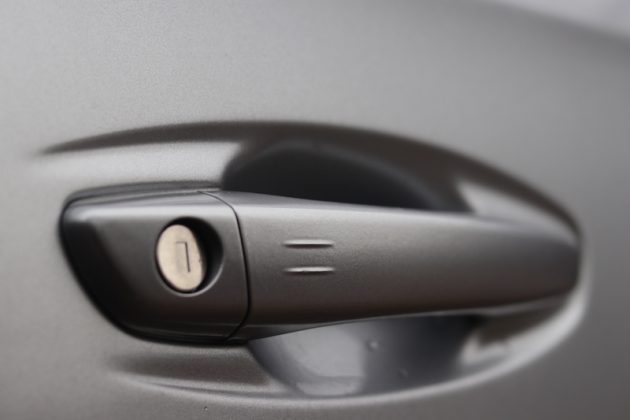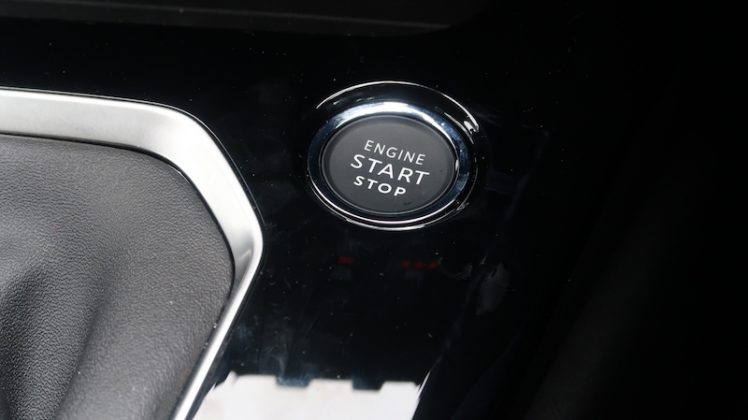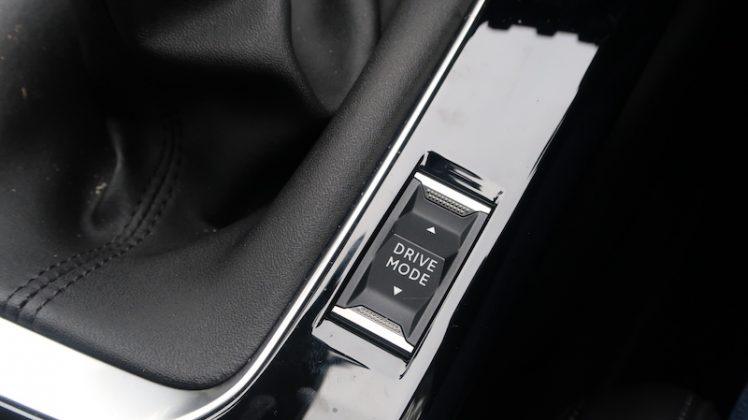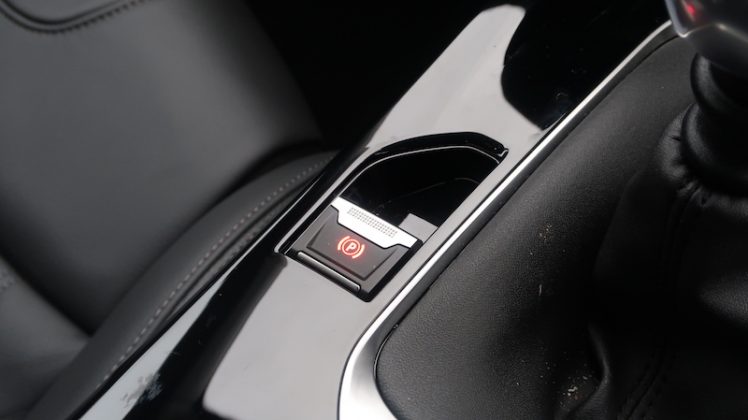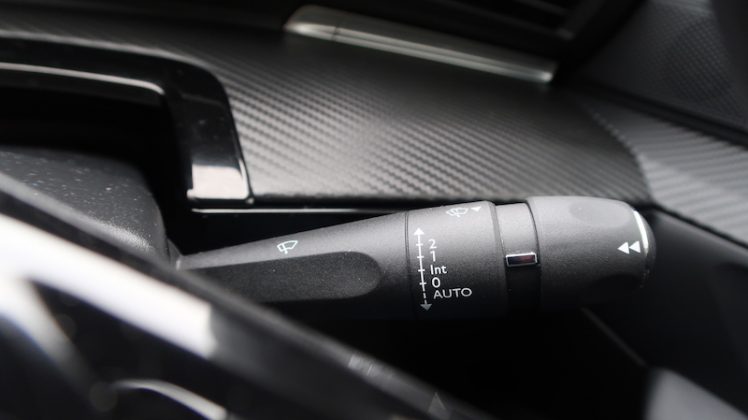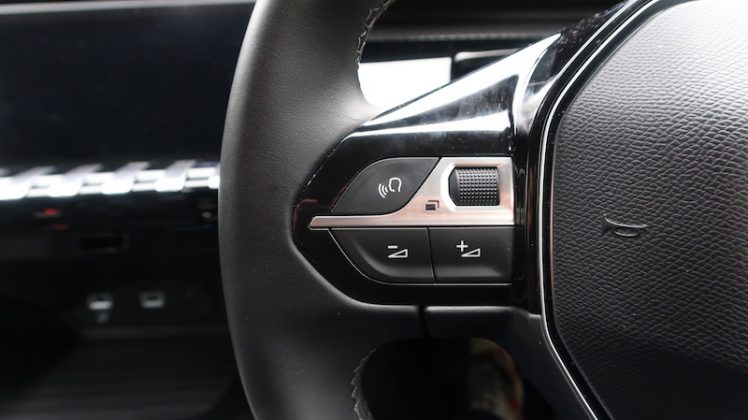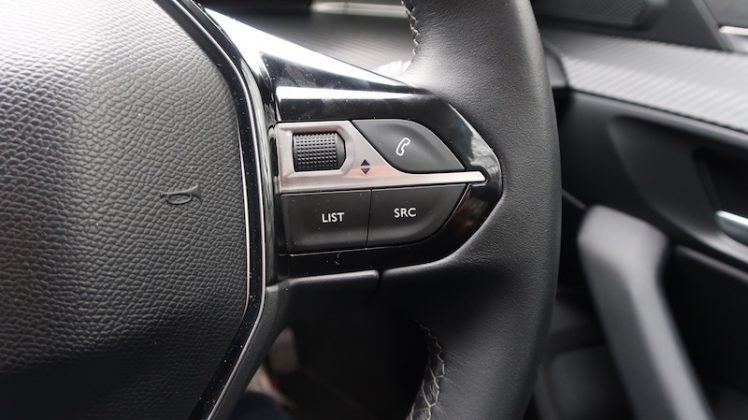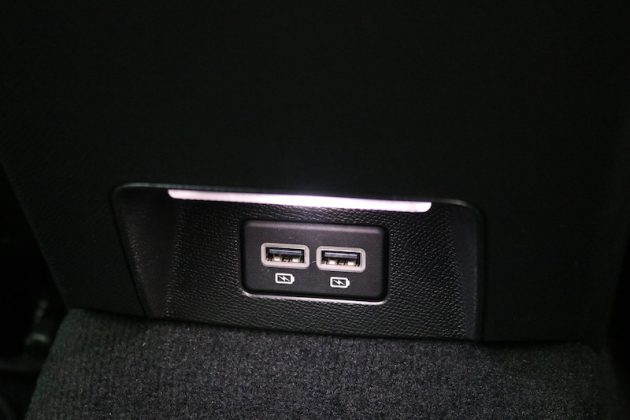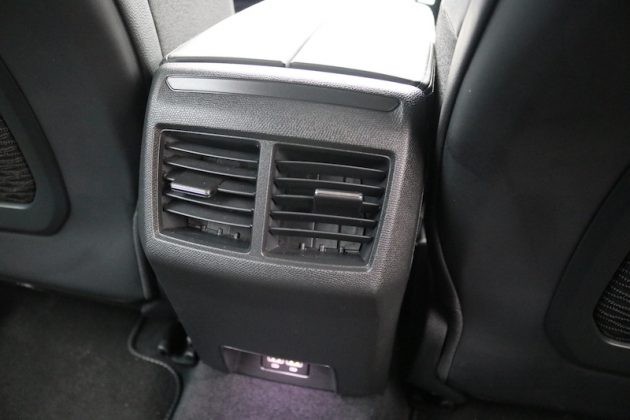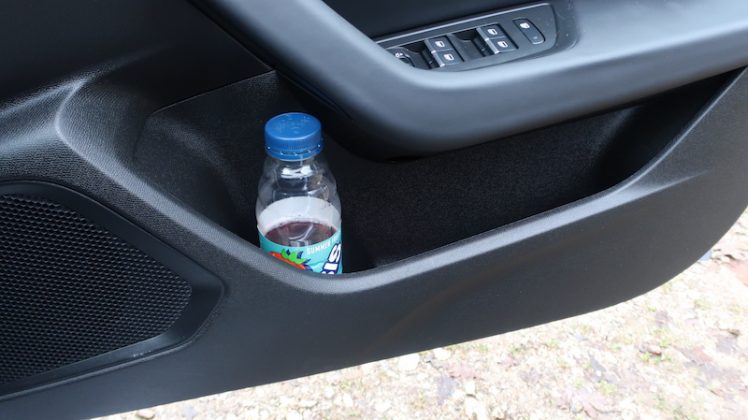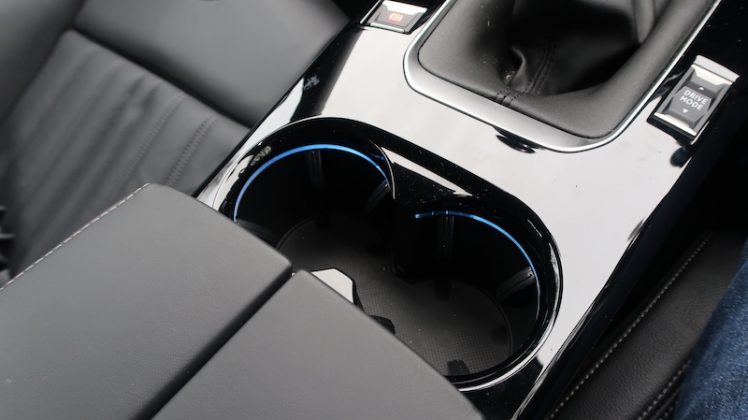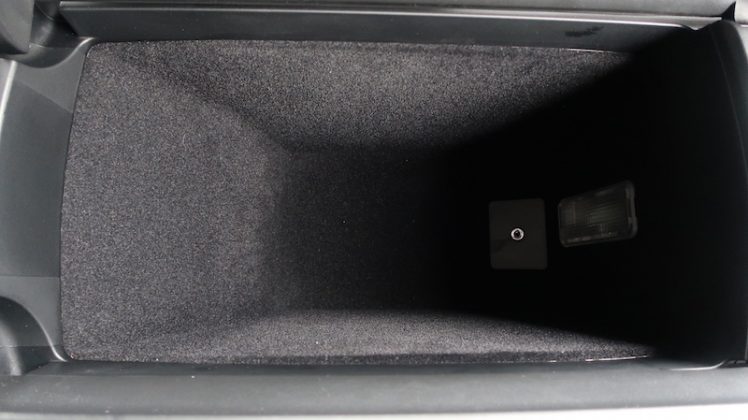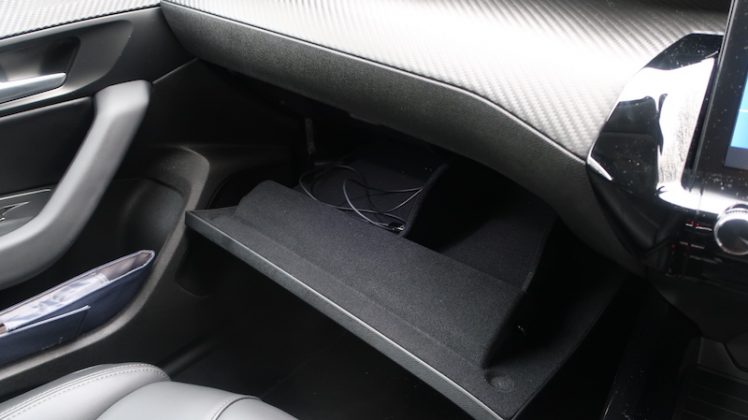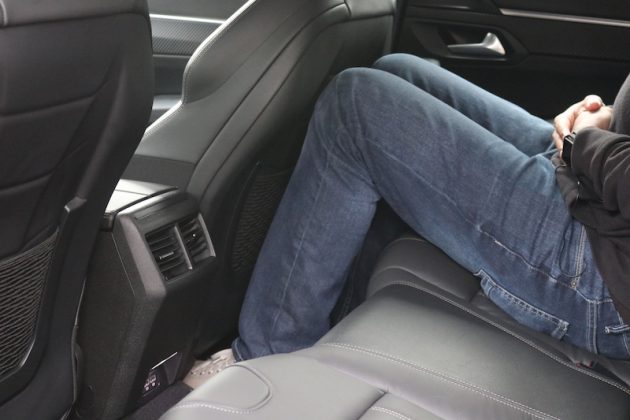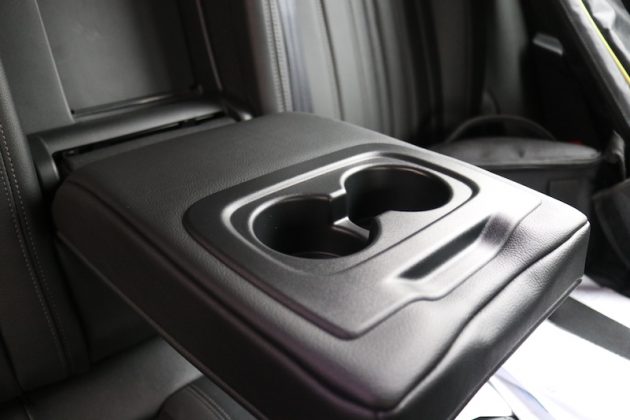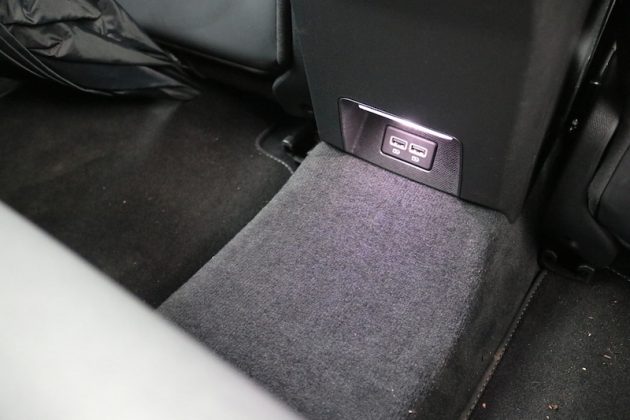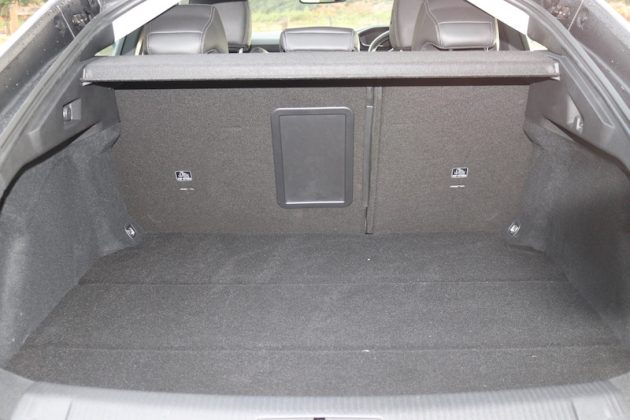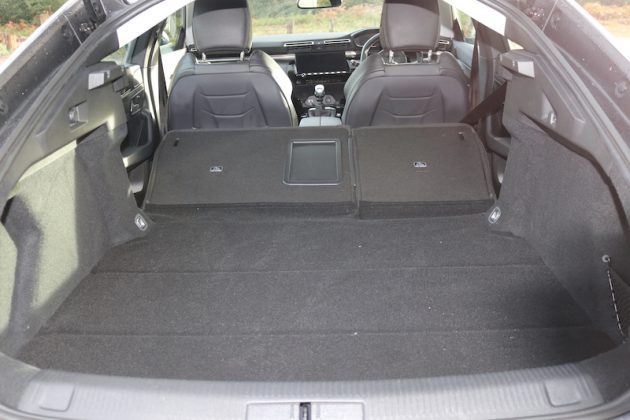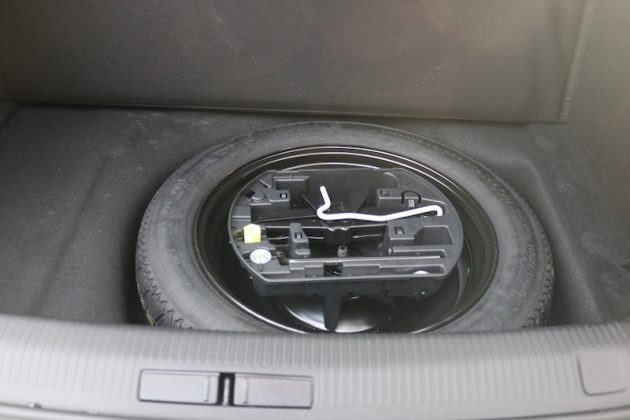Think of an executive car, and there’s a good chance you’ll think German, however Peugeot is keen to change that. Say hello to the new 508 Fastback, and my word, isn’t it stunning? It’s a bold, striking car, but can it be enough to tempt buyers away from Germany’s finest?
Starting with its best foot forward
Well, on looks alone, I think it has its German rivals licked. It may look like a saloon, but it is in fact a 5 door coupe, unlike its predecessor, which was a saloon. Its predecessor also wasn’t much of a looker in my opinion, but the same cannot be said for the latest version if you ask me. Not only is the new car sleeker and more suave, but it’s also shorter and lower, making it look sportier and more aggressive.
The front end boasts LED running lights that looks as if they have been carved by a cat’s claws, the side offers frame-less doors and the rear has a look that’s sharper than the creases on a freshly pressed suit. The inside is a nice place to be, especially as this model has the optional leather seats. They cost over £1,300, mind.
Like other Peugeot models, you get the i-Cockpit system, meaning you get a dinky steering wheel as well as an eyeball-pleasing 12.3″ digital display in lieu of an analogue speedo. This is supported by 8″ touchscreen on the base model and a 10″ version for the higher spec models. I’ve got the Allure model, which sits just about the base model Active, therefore I’ve got the 10″ version.
It works well enough, it’s got a nice design to it, but as with all PSA group cars, the climate control has no physical controls and can only be accessed via the touchscreen, which is fiddly when you’ve driving. However, to get around this, you can use voice recognition to alter the temperature, but not the fan speed.
So it talks the talk, but can it walk the walk?
The 508 comes with a good choice of engines; three diesel and two petrol, all of which are turbocharged. Representing the diesels are a 1.5 litre diesel offering 130hp, and a 2.0 litre diesel which can be selected with either 160 or 180hp. If it’s a petrol you’re after, you’ll have a choice of a 1.6 litre engine that offers either 180 or 225hp. There will also be a hybrid option coming soon, which is good for the environmentally conscious among you.
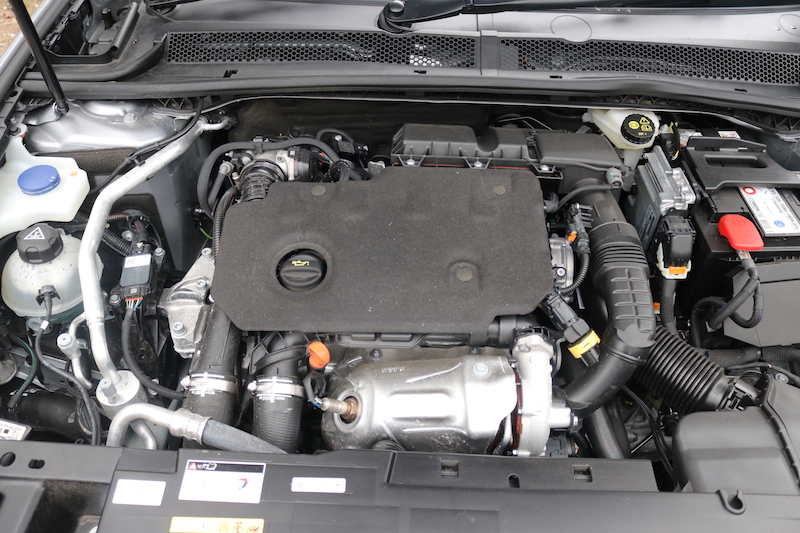
The engine I have is the least powerful diesel engine, the 1.5, which is mated to a 6-speed manual gearbox, although an 8-speed auto is available if desired. The manual is ok; it’s not the best as it’s got a notchy change to it, but it’s not the worst I’ve ever used. As well as 130hp, this engine produces 221Nm of torque, and in regards to performance, you’ll hit 62mph in 9.7 seconds and the top speed is 129.
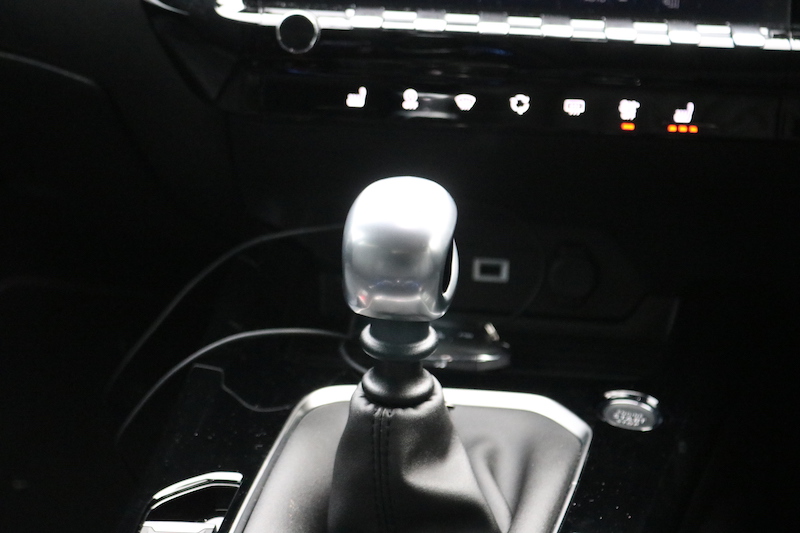
This may be the baby diesel engine, but it’s by no means slow, as it’s able to cover ground at a good pace, especially when you select the ‘Sport’ driving mode. This also makes the weight from the shrunken steering wheel heavier, which feels a little too artificial for my liking. As well as ‘Sport’, you’ve also got ‘Normal’ and ‘Eco’, which are both self-explanatory of course.
The car is rewarding to drive in Sport mode, however, you’ll be pleased to know the 508 can be perfectly civilised when you just want to cruise as it offers a good level of refinement. There is a bit of road noise that creeps in to the cabin thanks to the larger optional alloys, but wind noise is well controlled and the engine works away quietly when cruising. It does send a few vibrations through the pedals, however, but it’s not enough to ruin the driving experience.
You may be concerned about the ride, though, and let me tell you, it’s mostly positive. There is a bit of a firm edge to it, causing a fidgety sensation at slower speeds, but it improves as you build up speed. There’s also a good level of damping, which protects from the harsh imperfections that UK roads offer. On top of this, you have the optional leather seats, which are lovely to sit in, although they don’t offer a massage function like you get in higher trim levels. They are heated though, which is lovely for those bitter winter mornings.
Talking of kit, what’s included and how much does it cost?
At present, there are five available, as you have the First Edition model which will be sale for a limited time only. This is the current range-topping trim level that comes with 4 years free servicing. Let’s start from the bottom up though; the Active starts from £25,039, offering features such as Peugeot i-Cockpit, 8″ touchscreen, navigation, smartphone connectivity, Safety Pack and Peugeot Connect.
Next up you have the Allure, which is the model I have here, starting from a price of £26,339. This adds features such as 10″ touchscreen, keyless entry, front and rear parking sensors, Safety Plus Pack, heated front seats.
GT-Line starts from £28,089, adding i-Cockpit Amplify, wireless phone charging, full LED headlights, full LED 3D rear lights, and 18″ alloy wheels. GT starts from £36,014, adding features such as full leather interior with front massaging seats, drive assist pack plus, electric tailgate, Focal sound system and 19″ alloy wheels.
And then last but not least, you have the First Edition, which starts from £37,014. This boasts features such as night vision, exclusive styling, and fully automated parking system.
The model on test here is priced at £26,339 as it’s got the optional Cumulus Grey paintwork (£575), Claudia mistral leather seats (£1,300) and the 18″ “Hirone” diamond cut alloys (£300). Without the options, the 508 Allure is more expensive than its more mainstream rivals such as the Ford Mondeo, Vauxhall Insignia, Mazda6 and Skoda Superb when chosen in equivalent trim levels.
However, it’s noticeable cheaper than premium rivals such as the Volkswagen Arteon, Mercedes CLA, Audi A5 Sportback and the BMW 4 Series Gran Coupe, so it could be a popular choice for those looking for a more upmarket choice, but limited in regards to budget.
What about driving dynamics?
I’ll be honest, I was expecting the 508 to be a bit soft and floppy in the corners, but it’s surprisingly capable. Sorry if that sounds rude Peugeot, but I’m only being honest. Thanks to the Michelin Pilot Sport 4 tyres wrapped around the 18″ alloys there’s a high amount of grip, plus the body roll is limited and well-controlled.
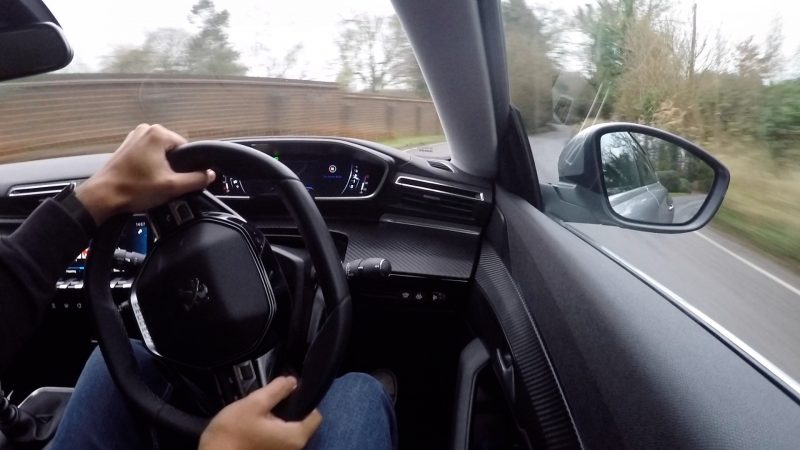
The car is a little lighter than most of its rivals, tipping the scales at 1,415kg. The result is that is feels pretty agile in the bends and it’s an enjoyable car to drive on the twisty stuff. The steering is direct, although it can feel a little vague on the initial turn in, and it hasn’t got masses of feedback. The small steering feels odd for such a big car – it gives you some kind of feeling of what it would be like to control a hot air balloon using only thin string.
That’s not the only problem the small steering wheel presents…
The Peugeot i-Cockpit is designed in such a fashion that you glance at the dials over the steering wheel as opposed to through it as the instrument dial is set higher. This means drivers should be able to keep their eyes off the road less. This is great in theory, but there’s a good chance it will make getting a good driving position tricky.

For example, for my height, I need to have the steering wheel quite low in order for me to see the dials. This means, the steering wheel is almost in my lap, which as you can imagine, feels a little a bit unnatural. Oh well, I suppose it gives the car character I suppose.
Right, that’s that complaint out the way, let’s talk about space. There’s a good amount of it in the front; shoulder and elbow room is good, and the cubbyholes are decent as well, although the location of the central cupholders isn’t the most practical, as it obstructs your ability to reach the gear lever.
Thanks to the 508’s swooping roofline, headroom in the rear is tight for a taller person like myself (I’m 6’2″), however, it’s better than what the Audi A5 I had a while back was able to offer. Legroom is pretty decent though, even with the driver’s seat set for me I was able to enjoy a decent amount of space, which is noticeably better than the A5.
With a capacity of 487 litres, the 508 doesn’t boast the biggest boot in class – that accolade goes to the Skoda Superb – but it’s a little bit bigger than its predecessor. It’s also easier to load items in as well thanks to its hatched design, which could come in very handy. However, if you need more space, you can fold down the 60/40 rear seats to give you 1,537 litres. What’s better still, you get a spare wheel as standard, which is a bit of a rarity nowadays.
So, it’s pretty practical, but how much will it cost to run?
As I’m sure you would have guessed, the 1.5 litre diesel engine I have here is the most economical. On a combined run it offers 72.4mpg, and in my experience I’ve been getting around 62. In regards to CO2, it emits 103g/km, meaning for the first year of VED you’ll be required to pay £165, and the BIK rating is 26%. It’s more frugal to run that its competitors when fitted with similar engines, and it emits less CO2 as well, so it will be a good choice for company car or retail buyers alike.
In regards to warranty, it’s the standard three years, so if you want more peace of mind, you may want to look at the Kia Stinger or the Hyundai i30 Fastback, as they offer respective warranties of five and seven years. The i30 Fastback is a smaller car though, so that’s worth bearing mind.
What about safety?
The 508 comes with a decent amount of safety kit, including six airbags, autonomous emergency braking, lane keep assist, meaning it was able to gain 5 stars from Euro NCAP. What’s even better is that the Allure model also offers blind spot detection, speed sign recognition, high beam assist and driver attention alert.
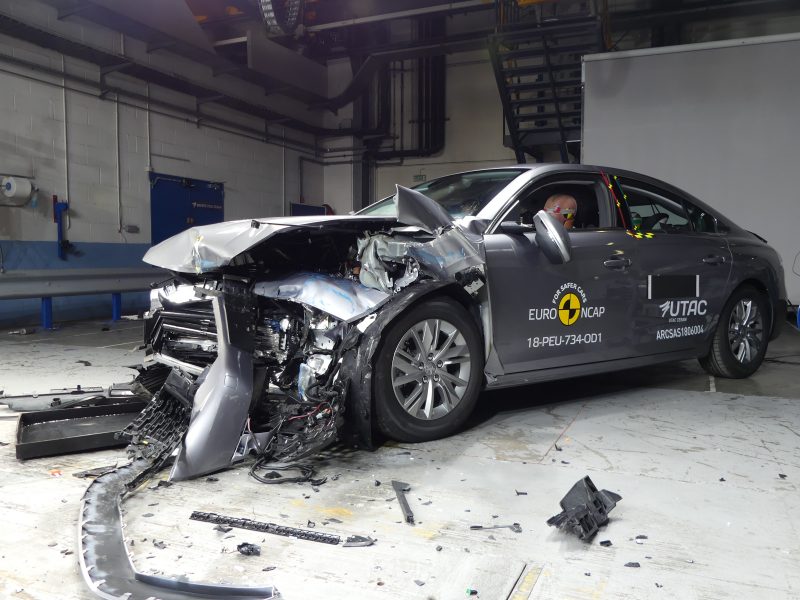
Final thoughts
Overall, the Peugeot 508 is a compelling choice in its market and it’s certainly a revolution compared to the previous model. Is it enough to completely shake the D-segment and to put the German’s noses out of joint? Not quite, however, I’d argue that the 508 is a worthy alternative. It’s stylish, comfortable, offers a decent amount of kit and it drives pretty well.

It’s actually a more sensible buy than you may have first realised, and it’s not just a novel left-field option for those who want to be different. Having said that, the 508 is a great choice for those looking for a premium car that is striking than the German cars, although the overall package isn’t quite on par. It’s not far behind though…
Car Obsession Rating:  (4 / 5)
(4 / 5)
Pros:
- Striking looks
- Frugal
- Good amount of kit
- Good choice of engines
- Pretty decent space
- High safety levels
- Engaging to drive
- Decent levels of refinement
Cons:
- Manual gearbox could be better
- Driving position may not suit everyone
- Infotainment system was slow to load up on cold days
- Ride could be smoother
- More expensive than mainstream rivals
- Depreciation may be steep
Rivals
 Vauxhall Insignia
Vauxhall Insignia
The Insignia has been the yardstick of the D segment class ever since its launch in 2008. It may not be as premium as the 508, but it offers better value and it’s still a good looking car in its own right.
 Ford Mondeo
Ford Mondeo
Like the Insignia, the Ford Mondeo has been a popular class in this segment, and its drivers were even given their own name – ‘Mondeo Man’. The Mondeo isn’t quite as well polished as it used to be and is starting to feel its age on the inside, but it still offers a decent drive and a good amount of space.
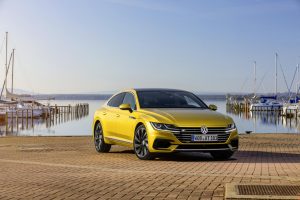 Volkswagen Arteon
Volkswagen Arteon
The Arteon, like the 508 Fastback, is a striking car that certainly has a presence on the road. I’d argue it’s not quite as good looking as the 508, but that’s subjective of course. It does come with more kit as standard, but at a higher price.







